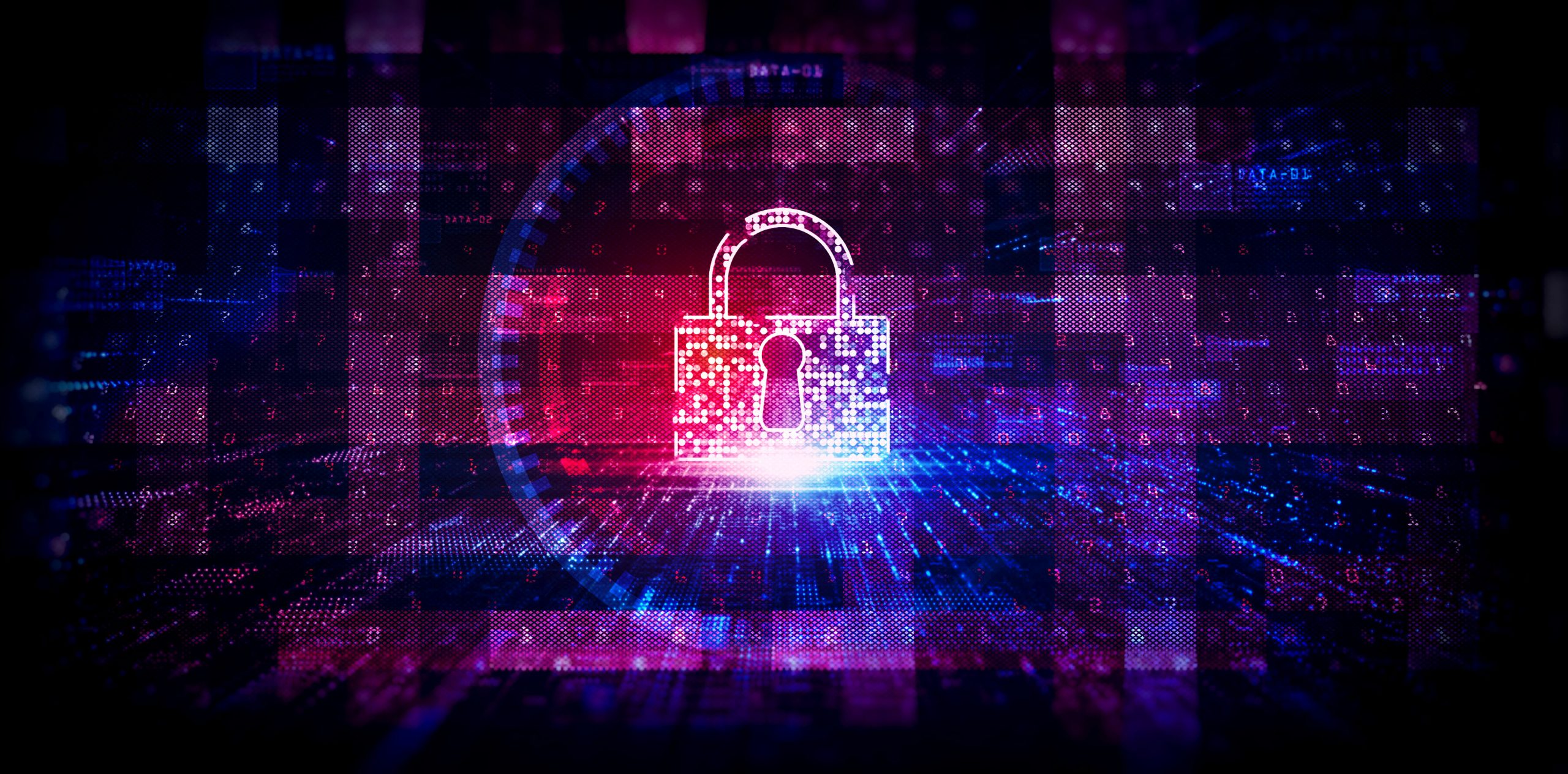Cybersecurity should be a top priority of any business or organisation because the volume and intensity of cyberattacks is keeping pace with the increasing reliance on data and connectivity across different sectors.
Dealing with cyber threats and taking action to prevent them involves various cybersecurity defence strategies and tools, including network modelling and simulation.
What is Cybersecurity?
Cybersecurity covers a range of technologies, processes and practices, for the protection of networks, systems, programmes and data from damage, attack or unauthorised access. Cybersecurity is also known as 'information technology security' or 'electronic information security'.
It includes the security of:
- Networks
- Applications
- Information
- Operations
And it can involve disaster recovery and business continuity, as well as end-user education in cybersecurity awareness and best practice.
What is the Scale of Cyber Threat?
Cyber threat continues to evolve at a rapid pace globally. According to the World Economic Forum, more than 50 per cent of the world’s population is now online. The growth of the fourth industrial revolution is bringing smart technology into more people’s lives, and a higher number of businesses depend on it.
However, a major unintended consequence of this development is the increasing scale of cyber threat. Cyberattacks are now a common hazard for businesses and individuals. Because most new technologies are digital, they are inherently vulnerable to cyberattack.
In only the first nine months of 2019, there were 7.9 million records exposed to data breaches, more than double the number of the previous year. Worldwide spending on cybersecurity is more than 40 billion dollars annually.
What are the Different Types of Cyber Threat?
The three broad types of cyber threat are:
- Cybercrime – where individuals or groups target systems for financial gain or to cause disruption
- Cyberattack – unauthorised information-gathering, which can be politically-motivated
- Cyber-terrorism – the intention to undermine electronic systems to cause chaos, panic and fear.
Recent Cyberattacks in the UK and Europe
Passengers and crew on a cruise ship recently had their personal data stolen by hackers. Cruise ships typically carry a large amount of client data, and this company, Carnival Cruise Lines, can carry around 13 million passengers in an average year.
Cyber criminals published thousands of stolen files from the environmental regulator Sepa, after the company refused to meet ransom demands. And in another ransomware attack, hackers threatened to leak patients’ plastic surgery pictures, stolen online from The Hospital Group.
2020 has marked a 20 per cent rise in cybersecurity threats in the UK, compared to 2019. Covid-19 seems to have acted as a catalyst for this activity. And the massive increase in people working from home has increased this risk.
The Importance of Cybersecurity
Data is vulnerable, and so are systems and networks that use digital technology. Cybersecurity can help to protect these things, and without sufficient protection, the implications of cyber threat are wide-ranging. One example is critical infrastructure. As 5G begins to expand, it will enable far greater connectivity and automation. Therefore, cyberattacks could cause entire systems to fail.
Businesses that suffer data breaches can find that this type of cyberattack has far-reaching consequences; it can damage reputations irreparably, and leave businesses legally liable.
Challenges of Cybersecurity
Businesses are at risk from cyber threats on several fronts.
They must protect themselves from malware and spyware, but also raise awareness at an individual level to help employees recognise phishing attacks, for example. This end-user protection is a vital aspect of cybersecurity. However, while this individual awareness is essential, so is ensuring that systems are constantly up-to-date with their security measures. Cybercriminals will exploit any weaknesses they find.
Cybersecurity challenges exist at both an individual and systemic level.
How to Protect Your Business Against Cyberattacks
It’s important to embed cybersecurity measures and procedures in your business.
- Start with procurement and involve the expert advice of your IT department in any technology you purchase
- Put a process in place for identifying and managing vulnerabilities
- Have a policy for ensuring routine upgrades and updates of software and hardware
- Put strong security controls in place for wireless communication, monitoring all connected devices, and use strong network passwords
- Encrypt all sensitive data, including personal data
- Establish your plans for business continuity and disaster recovery, should you find your systems compromised
- Check all your devices and systems for interoperability
- Test, log and audit your systems and components regularly
Testing and Measuring for Cybersecurity
ST Engineering Antycip, in partnership with SCALABLE Network Technologies, provides specialist solutions for testing and measuring systems for cybersecurity, including network simulation and modelling.
For more information about our high-fidelity virtual models, and how you can use them to strengthen and protect your business, please contact us.




















